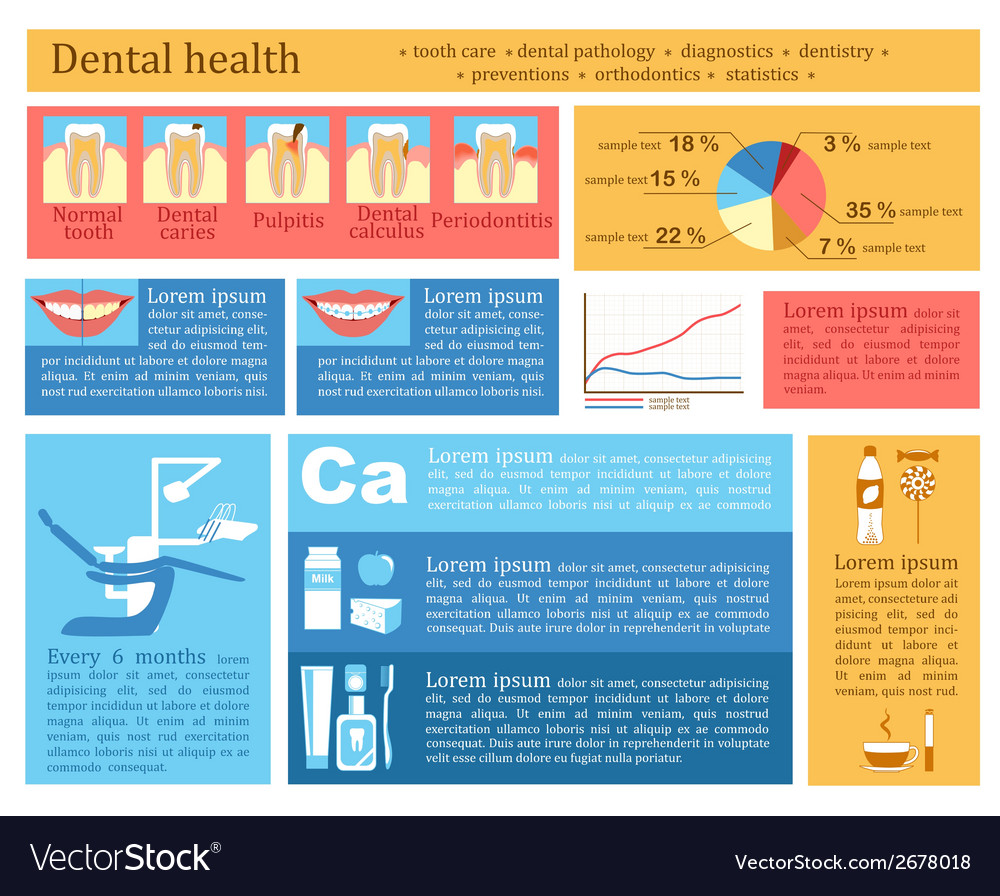The Future Of Oral Surgery: Developments And Advancements Shaping The Field
The Future Of Oral Surgery: Developments And Advancements Shaping The Field
Blog Article
Write-Up Produced By-Bendixen Hessellund
Welcome to the globe of oral surgery, where developments and breakthroughs are forming the future of the area! In this interesting world, you'll witness the transformative power of robotics, the cutting-edge wonder of 3D printing, and the game-changing influence of minimally intrusive methods.
The future of dental surgery holds a promise of precision, effectiveness, and boosted person results. With the help of innovative robotics, doctors are able to do complex treatments with better accuracy and control.
3D printing technology is reinventing the production of dental implants and prosthetics, supplying personalized services that fit perfectly into each person's special composition.
In addition, minimally intrusive techniques are lowering post-operative pain and recuperation time, permitting people to return to their day-to-days live faster.
Get ready to check out the exciting technologies and advances that are reshaping the landscape of oral surgery!
Innovations in Robotics
One major innovation in dental surgery is the use of robot technology, which permits precise and efficient operations. With the help of robot systems, dental specialists have the capability to do intricate surgical procedures with boosted accuracy, decreasing the threat of human error.
These robotic systems are geared up with innovative imaging innovation and accurate tools that make it possible for cosmetic surgeons to browse with complex physiological structures effortlessly. By using robotic innovation, specialists can accomplish better surgical precision, resulting in improved individual results and faster recuperation times.
In addition, making use of robotics in oral surgery enables minimally invasive treatments, minimizing the injury to bordering tissues and advertising faster healing.
3D Printing in Dental Surgery
To enhance the field of oral surgery, you can check out the subtopic of 3D printing in dental surgery. This innovative modern technology has the potential to transform the means dental doctors run and treat people. Right here are 4 essential ways in which 3D printing is forming the area:
- ** Custom-made Surgical Guides **: 3D printing permits the creation of very precise and patient-specific surgical guides, boosting the accuracy and performance of procedures.
- ** https://www.newsweek.com/kitten-teeth-growing-out-his-mouth-melts-hearts-needs-invisalign-1769112 **: With 3D printing, dental surgeons can develop tailored dental implant prosthetics that completely fit an individual's one-of-a-kind makeup, causing better end results and patient complete satisfaction.
- ** Bone Grafting **: 3D printing allows https://areveneersbadforyourteeth06162.blogchaat.com/33070874/sedation-dentistry-enhancing-patient-comfort-and-minimizing-stress-and-anxiety-in-the-oral-chair manufacturing of patient-specific bone grafts, lowering the demand for conventional implanting strategies and boosting healing and recuperation time.
- ** https://tooth-extraction-cost39406.blogsidea.com/39382397/the-value-of-very-early-treatment-in-gum-recession-treatment and Educating **: 3D printing can be used to develop sensible surgical versions for academic purposes, enabling oral doctors to practice complex treatments before performing them on individuals.
With its prospective to boost precision, modification, and training, 3D printing is an interesting growth in the field of oral surgery.
Minimally Intrusive Techniques
To further progress the area of dental surgery, welcome the capacity of minimally intrusive techniques that can considerably benefit both cosmetic surgeons and individuals alike.
Minimally invasive techniques are transforming the area by decreasing surgical trauma, lessening post-operative pain, and accelerating the recovery process. These strategies include using smaller sized cuts and specialized tools to carry out procedures with precision and effectiveness.
By utilizing innovative imaging modern technology, such as cone beam of light calculated tomography (CBCT), doctors can properly prepare and carry out surgeries with minimal invasiveness.
Additionally, the use of lasers in dental surgery permits exact cells cutting and coagulation, leading to lessened blood loss and lowered recovery time.
With minimally invasive techniques, individuals can experience much faster recuperation, decreased scarring, and improved results, making it a vital facet of the future of oral surgery.
Verdict
So, as you can see, the future of dental surgery is extremely promising, with amazing advancements and developments shaping the field.
From relevant website in robotics to the use of 3D printing and minimally invasive strategies, oral surgeons are transforming the means they supply treatment.
While some might fret about the prospective cost associated with these advancements, it is essential to remember that these innovations inevitably improve person end results and reduce recovery time, making them well worth the financial investment in the future.
